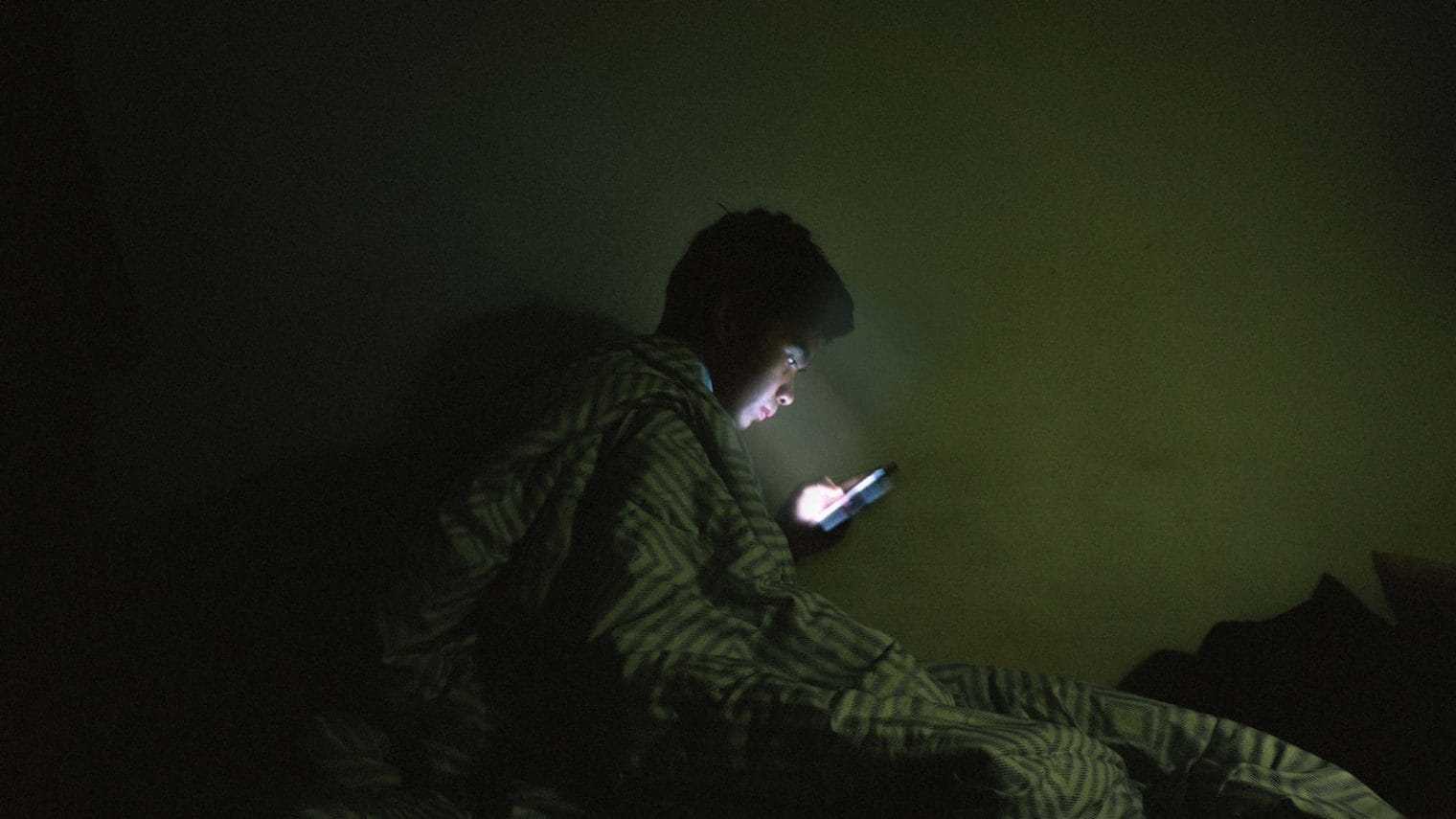Is cyberbullying the same as it used to be?
For Gen Z and Gen Alpha, growing up online means they’re navigating a world where a single emoji, a vague post, or even a “like” can carry more meaning than they appear to have. It’s no longer just about mean messages or public shaming. Today, subtle emojis, coded language, and passive-aggressive social media behavior can cause just as much harm and often go unnoticed by adults.
The British TV series Adolescence shines a harsh light on this reality. In one of its storylines, a group of teenagers use seemingly harmless emojis to label some of their classmates as “incels,” triggering a wave of online bullying. The adults around them miss the signs, not because they don’t care, but because they don’t understand the language of the digital natives.
In episode two of the series, Detective Inspector Luke Bascombe (played by Ashley Walters) was trying to understand why Jamie would kill Katie, his classmate. Bascombe’s teenage son, who was also being bullied at school, offered to shed some light on what was really happening behind the scenes – online. On the surface, their Instagram comments seemed harmless, even friendly. But Adam explained that there’s more to those comments than meets the eye.
He told his dad that he was missing the bigger picture: the emojis. Adam pulled out his phone and showed him a comment Katie left on Jamie’s post—💣 (dynamite) followed by 💊 (red pill). To most adults, it might look like a random message. But to the teens, it was something very different that carried a much deeper meaning.
“The red pill is like, ‘I see the truth.’ It’s a call to action by the manosphere,” Adam explained. “She’s saying he’s an incel, Dad.”
During their conversation, Adam also shared how heart emojis mean different things depending on their color when used by younger generations.
For Bascombe, it was hard to believe that all of that could come from a couple of seemingly harmless emojis. But for the teenagers involved, “everything has a meaning.”
What Modern Cyberbullying Looks Like
Cyberbullying can take many forms. The more obvious ones include calling people derogatory names, cursing, or spreading lies—behaviors clearly meant to cause harm. But what makes cyberbullying especially difficult to detect today are the more subtle, coded forms that fly under the radar.
These include:
- Coded messages using slang or acronyms that carry hidden meanings only understood by those within the same online space.
- Vague posting, where someone shares a hurtful message without naming names. This is especially common on platforms like X (formerly Twitter) and Instagram. The post seems general, but the target knows it’s aimed at them.
- Online isolation, where someone is deliberately excluded from group chats or digital conversations, making them feel invisible.
Sometimes, it’s not just about what is said, but how it’s said, when it’s said, and even what isn’t said—all of which can make the bullying feel very real, while being nearly impossible to prove.
This new landscape of online harm is what makes modern cyberbullying so dangerous—and so difficult for adults to understand or intervene in.
Impact on Mental Health
Cyberbullying has profound and lasting effects on the mental health of young people globally. A UNICEF survey encompassing 30 countries revealed that 1 in 3 young people have been victims of online bullying, with 1 in 5 skipping school due to cyberbullying and violence.
Research also shows that adolescents targeted by cyberbullying report heightened levels of depression, anxiety, loneliness, suicidal behavior, and somatic symptoms. A study highlighted by Security.org found that cyberbullying increases suicidal thinking among victims by nearly 15% and suicide attempts by almost 9%.
What makes cyberbullying particularly dangerous is its invisible and persistent nature. Unlike traditional bullying, it doesn’t stop when a child leaves school. It follows them home, showing up on their phones and devices at any time of day. The use of coded language, vague posts, and indirect messaging makes it easy for adults to miss, even as the psychological damage piles up.
Victims often experience a sharp decline in self-esteem, a growing sense of helplessness, and in severe cases, consider self-harm or suicide. And because many young people feel ashamed, scared, or believe that no one will understand, they stay silent, making it even harder for them to get the support they need.
How You Can Help
You don’t have to be a tech expert to protect kids from cyberbullying, but you do need to be present, proactive, and informed. While the digital world is constantly changing, there are practical steps everyone can take to create safer online spaces for the young people in their lives.
- Stay informed about digital trends: Emojis, slang, and social platforms evolve quickly. Keep learning. Follow credible parenting and tech safety blogs, or ask your kids what’s trending, you might be surprised by what you hear.
- Talk regularly with kids about their online lives: Create a judgment-free space for open conversations. Ask what apps they’re using, who they’re talking to, and how they feel after being online. Consistent, honest dialogue goes a long way.
- Use tech tools to support safe behavior: Tools like MyCuraJOY offer behavior check-ins, digital activity insights, and emotional support tailored for families. They can help bridge the gap between what kids experience online and what adults understand.
Being involved doesn’t mean invading your child’s privacy—it means showing up, asking questions, and learning alongside them.
In conclusion, cyberbullying isn’t just a youth problem—it’s a digital culture problem. And if we’re going to protect our kids and young people, we need to stop brushing off things we don’t understand.
Everything has a meaning online. Every post, emoji, and silence can speak volumes. As adults, our job isn’t just to catch up, but to stay engaged, stay curious, and stay connected.
It starts with listening. It grows with learning. And it only works if we do it together.
Share this with someone who needs to know. It could make all the difference.





Leave a Reply